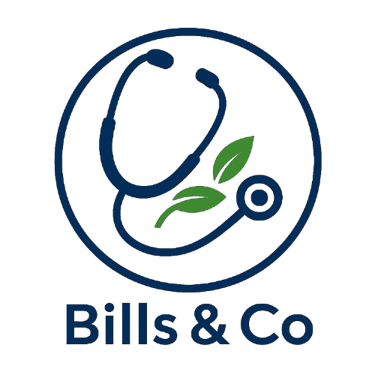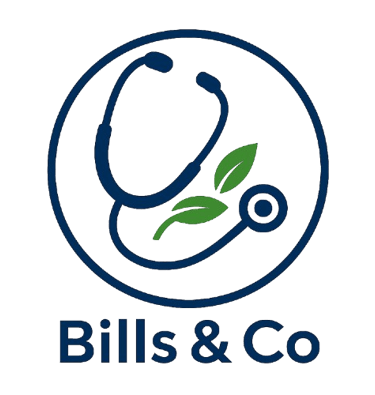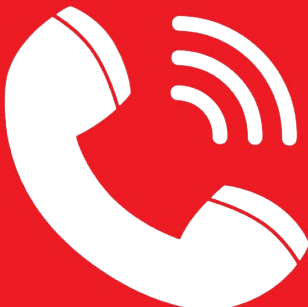

Credentialing
Credentialing is the process of verifying a healthcare provider’s qualifications (licenses, training, experience, certifications, malpractice history, etc.) and enrolling them with insurance networks (payers) so they can receive reimbursement for services rendered to insured patients.
In simple terms:
👉 Without credentialing, a doctor or medical practice cannot bill or get paid by insurance companies.
Steps in Credentialing
1. Application Preparation
a. Gather provider’s documents (medical license, DEA registration, malpractice insurance, NPI, board certifications, work history, references).
2. Submit Application to Payers
a. Apply directly to insurance companies (Medicare, Medicaid, Blue Cross, United, etc.) or use CAQH ProView (a centralized database many payers use).
3. Primary Source Verification
a. Insurance companies verify the credentials with the original sources (state boards, schools, previous employers, etc.).
4. Contracting
a. Once approved, providers receive a participation contract from the payer that defines reimbursement rates and billing rules.
5. Enrollment Completion
a. Provider is officially “in-network” with that insurance company and can bill for services.
Why Credentialing Matters
· Ensures legal compliance (only verified providers get paid).
· Builds patient trust (patients prefer in-network providers).
· Impacts cash flow (delays in credentialing = delayed revenue).
· Required for Medicare/Medicaid and commercial payers participation.









